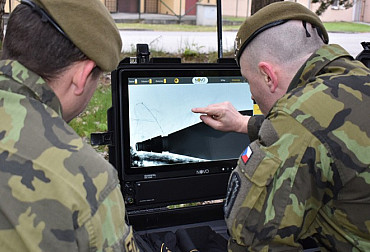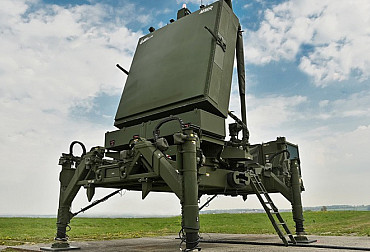Effective air defence is a necessity for the Czech Army
The war in Ukraine has been going on for more than two years and is widely expected to drag on for several more years, as it has clearly turned into an exhausting and wearing conflict. This is demonstrated by the gigantic consumption of artillery ammunition, as well as ammunition for the air defence systems that guard Ukrainian cities, bases and military units. Among the specific features of this war is the fact that neither side has been able to gain the upper hand in the air. The Ukrainian air force is relatively weak, the much stronger Russian air force lacks experience in large-scale operations (which are routine for NATO countries) and both countries have dense and powerful air defence systems for troops and the state. Therefore, while the air force has played a tactical or operational role at certain stages, such as when Russian attack helicopters inflicted losses on Ukrainian forces at the beginning of last year's counter-offensive or when Russian aircraft used guided glide bombs to weaken Ukrainian defensive positions in the Avdiivka area, its strategic importance remains relatively limited.
In the strategic dimension, Russia is also trying to use its long-range air force, whose bombers launch cruise missiles against Ukrainian cities. These are also routinely targeted by missiles from Russian ground troops and navy, as well as by Iranian Shahid series 'suicide' drones, which are also produced under licence in Russia. Thus, in the winter of 2022-2023, Ukraine's national air defences came under enormous pressure and the situation only improved due to the fact that NATO and EU countries started to provide Kiev with modern air defence systems, such as the well-known MIM-104 Patriot, NASAMS or IRIS-T SLM complexes. The effectiveness of Ukraine's air defences has increased dramatically thanks to them, and today it is routinely able to shoot down around 90% of attacking Russian missiles and drones, but of course at the cost of consuming a large number of cruise missiles, which is why, in addition to artillery shells, Ukraine is constantly asking for anti-aircraft missiles. However, it is not 'only' limited to defending its cities and uses its air defence complexes in an active manner, as demonstrated, for example, by the downing of an A-50U radar plane. In any case, the conflict illustrates the continued importance of air defence systems, including their ability to destroy missiles and drones.
Ukraine's air defence units also use the 2K12 Kub mobile systems donated to the heavily tested country by the Czech Army. Some of these complexes remain in the Czech arsenal to this day, but they are fast approaching retirement in favour of entirely new assets. It should be recalled that the Czech Republic has upgraded the guidance radars of this system to the SURN CZ and that a conversion of the launchers to launch new missiles of Western standards, such as the Italian Aspide, was also considered. However, this step was repeatedly delayed, and eventually did not materialise, although it is worth noting that similar projects existed in Poland and that the contemporary FrankenSAM programme apparently draws on them. This is the name given to the 'hybridisation' of Western and Soviet anti-aircraft systems, which is a major help to Ukraine, as it allows the deployment of Soviet launchers to launch older Western missiles, of which there are huge stocks in warehouses. Understandably, however, this is only a temporary improvisation, not a long-term solution suitable for NATO countries.
Thus, even before the Russian invasion of Ukraine, the Czech Army decided to phase out the Kub complexes and introduce a completely new short- to medium-range air defence system. Experts evaluated several possible solutions and in the summer of 2020 came to the clear conclusion that the best parameters were offered by the SPYDER missile set from the Israeli company Rafael. The Czech Republic subsequently entered into negotiations with the Government of the State of Israel on this contract and on 5 October 2021 a contract was concluded under which the Czech Republic will receive SPYDER systems with short and medium range missiles, for which the name SPYDER CZ is also used. The Czech Republic has ordered a total of four batteries, the first of which is due to arrive next year. Each of the batteries includes eight vehicles, two command vehicles, one EL/M-2084 radar, one Python-5 short-range missile launcher, three I-Derby medium-range missile launchers and finally one missile transport and reloading vehicle.
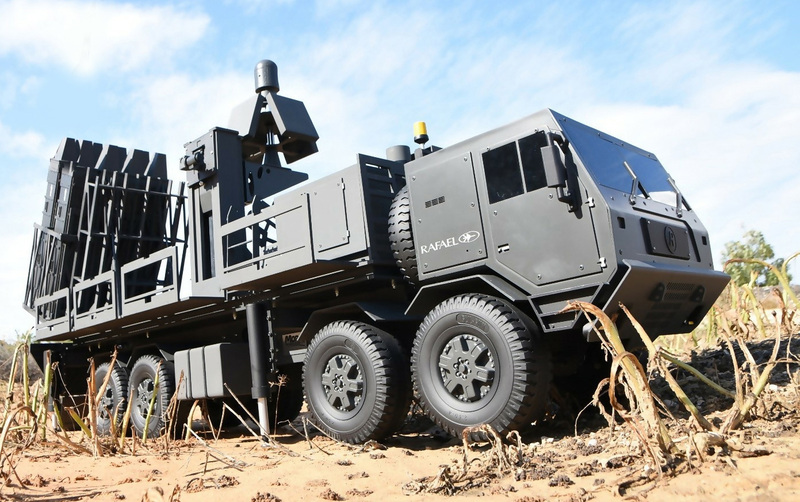
All of these elements will of course use Tatra Force chassis, which underlines the wide participation of the Czech defence industry in the implementation of this contract, which, in addition to chassis, also concerns the production of radars or containers for missiles. A total of 112 missiles of various versions are being purchased under the contract, but the contract also includes a framework for the prospective purchase of others, as their consumption is naturally anticipated. However, the acquisitions are not over yet, as another contract was signed in autumn 2023 for the acquisition of 48 I-Derby ER extended-range cruise missiles, which are expected to enter the arsenal in 2027. They are intended to further extend the capabilities of the SPYDER complex, which will thus be able to destroy air targets at ranges of up to 80 km and altitudes of up to 20 000 m. As with the basic form of the complex, the involvement of the Czech defence industry is logically envisaged. Czech soldiers from the 25th Anti-Aircraft Missile Regiment, which will become the main user of the SPYDER systems, are currently being trained. Officially, the army expects to use these assets for at least 20 years, but it is more likely that they will operate for much longer, which is to be ensured by repeated upgrades of the system.
In fact, the SPYDER missile set is also one of the examples of the Israeli design philosophy, which usually prefers continuous evolution of weapons based on operational and operational experience, or the application of specific practical knowledge. This is naturally linked to the fact that SPYDER has found a number of customers, the most important of which are India, Vietnam, Singapore and the Philippines. At this point, an interesting fact can be mentioned which illustrates the long-standing links between the Czech and Israeli industries, as India and the Philippines have introduced SPYDER systems on Tatra chassis. In any case, all customers continuously provide Rafael with information on the operation and results of the SPYDER complexes, which allows the manufacturer to continuously improve it. Among its achievements is a modification announced in January 2023, which means a further extension of its capabilities, this time to destroy tactical ballistic missiles. To this end, the SPYDER suite integrates an additional radar and a new I-Derby LR missile that uses more precise guidance and destroys incoming missiles by contact engagement.
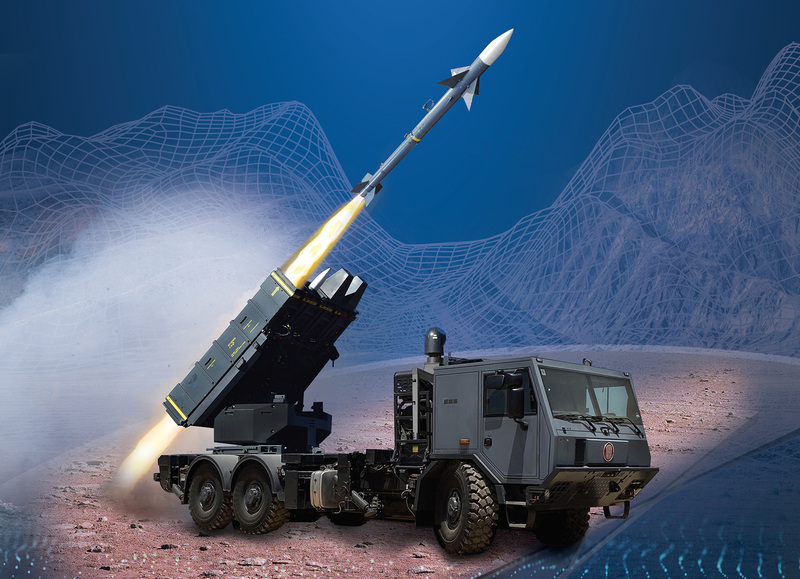
There can be no doubt that this modification of the SPYDER system represents a response to the fact that the number of types and users of short- and medium-range ballistic missiles in the world is increasing significantly and that there are more and more cases of their deployment. In addition to the ongoing war in Ukraine, where the Russians are using Iskander-M missiles and, more recently, North Korean KN-23 missiles, there is also the war over Nagorno-Karabakh in autumn 2020, or the situation in Yemen, where Shiite rebels there are launching Iranian-designed missiles against various land and sea targets. Indeed, it was the conflict in Yemen that largely contributed to the establishment of diplomatic relations between Israel and some Arab countries that had long expressed interest in Israeli missile defence assets. Indeed, the United Arab Emirates subsequently purchased the Israeli Barak series system and, according to unofficial sources, negotiations have been or are still being conducted for the famous Iron Dome complex. The latter is primarily used to defend against artillery shells, rockets and mines (C-RAM), but after modernisation it can also provide protection against small drones, another example of evolution based on practical experience.
The Iron Dome system uses the already mentioned EL/M-2084 radar, or the same type as the SPYDER system. The same type was chosen by the Czech Army for the role of the MADR category surveillance radar, which of course dramatically facilitates the integration of systems, or building a single air defence system. This is also why there is occasional speculation that the Czech Republic could and should consider further expansion of this system, or the acquisition of additional air defence or missile defence assets. Candidates include, of course, the famous Iron Dome as a C-RAM and a tool for destroying small drones, but there is also talk of acquiring higher-layer systems that would ensure the destruction of aircraft and missiles at greater distances. In this context, the aforementioned Barak system has been mentioned, as well as the David's Sling complex, which was actually developed as an alternative to the US Patriot system and can (like Barak) destroy medium-range ballistic missiles. Integration would certainly be facilitated by the fact that both of these systems also use EL/M-2084 radars.
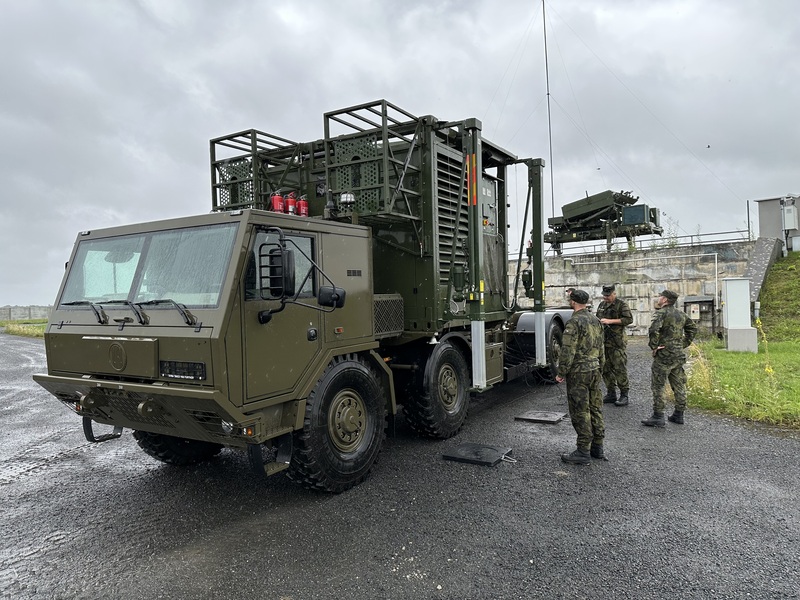
The importance of this fact cannot be underestimated, because the experience in Ukraine shows that the integration of different anti-aircraft weapons into a single system is a necessity if a truly high level of effectiveness is to be achieved. Indications suggest that the Ukrainian air defence system owes its effectiveness to the fact that the Americans have supplied Kiev with the IBCS system, which facilitates just such integration of different assets. The choice of the SPYDER complex for the Czech army was also due to the fact that it uses the same type of radar that the Czech Army has already chosen for the MADR function. The use of the same radar in other Israeli systems then logically leads to the consideration that the Czech Republic should build its air defence system on Israeli technology, all the more so as the two countries have an exceptional relationship and their defence industries work closely together. Criticism is sometimes voiced in the media that the Czech Republic currently lacks defence against a hypothetical Russian missile strike. This is certainly true, but that is precisely why the purchase of SPYDER systems should only represent a first step, which should be followed by further acquisitions in order to create a truly effective protective shield over the Czech Republic.















